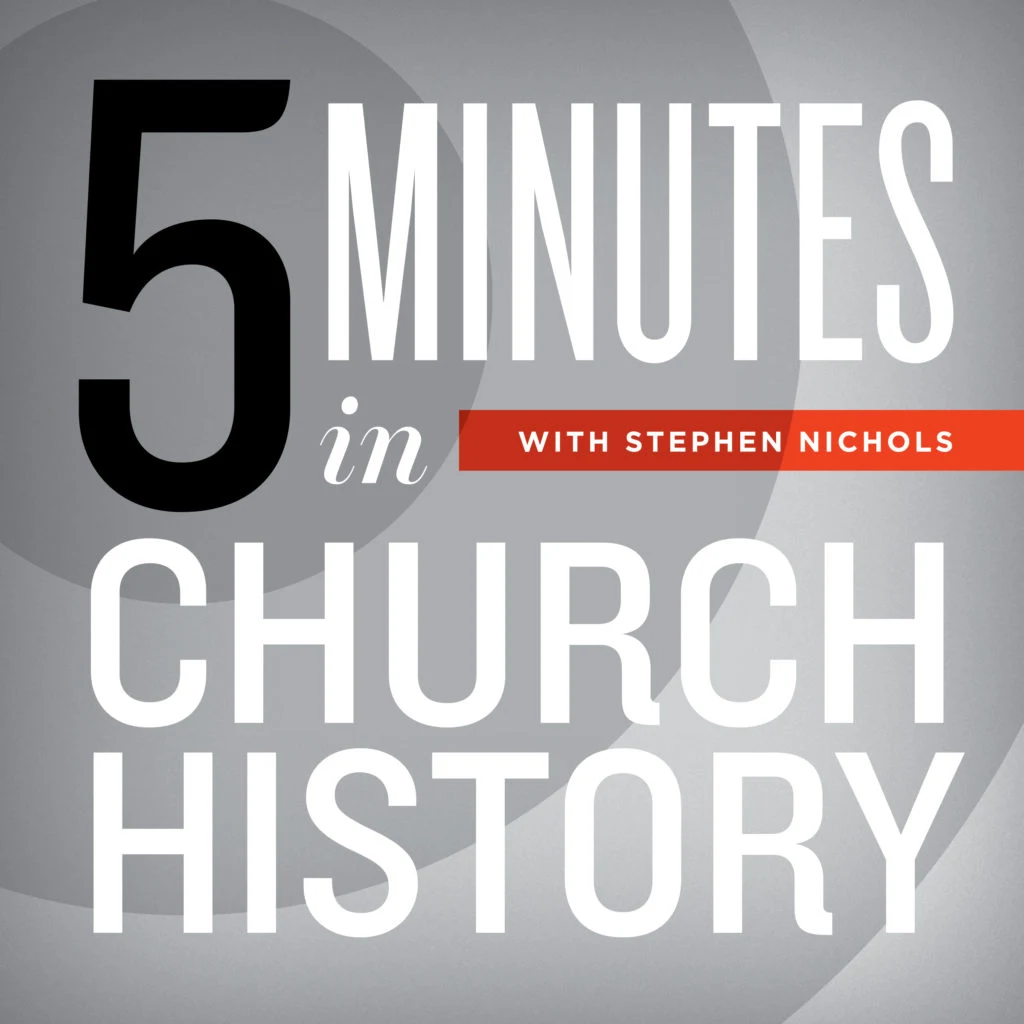Seeing Is Believing with Tim Challies

Stephen Nichols (SN): Some time ago, we had our good friend Tim Challies with us and we sent him off to the deserted island for him to read. Now we've rescued him and we've have brought him back. He looks quite rested and ready to go. Welcome back, Tim.
Tim Challies (TC): Thanks. It's good to be back.
SN: We are glad to have you. Usually, when we have an author visit us and visit our island, we let them leave one of their books behind. You've written many books. Which of your books would you like to leave behind on the island?
TC: I guess I would leave Visual Theology behind.
SN: So, this is your new book, Visual Theology. What prompted you to write this?
TC: It was really just an attempt to see what we could do by combining words and graphics, especially things like infographics, which are a relatively new form of graphic. What could we do by combining that with words?
SN: The idea here is to use these tools to teach theology.
TC: Right. To teach theology through words and then hopefully to teach it equally through pictures.
SN: So, what interests me about this book is, on the one hand, it is utilizing something that's new. You mentioned infographics as sort of a new image, a new way to convey information. But, on the other hand, what you're doing in this book actually has a lot of historical precedent to it. So, one of the things I was thinking about here was stained glass. Was this in the back of your mind at all as you wrote this book or do you see any connections here?
TC: To some degree. Most of the stained glass I have seen, at least, is more around characters or around people, right? So, displaying pictures of people. We were actually thinking a little bit further back. We were going back to the garden of Eden and two trees and God giving truth, "Do this and you'll have life; do this and you'll have death," and then picturing that with two trees and those trees, then, stood as a representation of the truth. And then pass that into the tabernacle and temple. Here are things God has made and He gives us truth and then He gives us visual representations of that truth. You see the ark and you are not meant to focus on the ark; you're meant to see God behind the ark and through the ark. So, we were thinking about that. God has often represented truth in visual form, so what could we do with that? Are there ways we could present truth visually? Especially in a very visual generation, people can learn that way.
SN: That's fascinating. You know, I was thinking in terms of the history of all of this as you mention, if we go back to the tabernacle itself and you just think of the intense symbolism that is in the way that the tabernacle is laid out and the instruments that are in the tabernacle, all of that is to be interpreted, all of that has meaning behind it, and powerful meaning.
TC: Right, and so the temptation is always to look at the thing itself and fixate on that, but God wanted the Israelites to look at the thing and see what was beyond it, what it pointed to. It wasn't just incense rising; there was the symbolism in that incense that was meant to help you focus on a specific truth. And so, our hope was that we could represent theology in such a way that you would look at this image and the more you thought about it the more truth you could bring out of it. And so, one of the ideas we had was, how about laying out the Bible like a periodic table of elements—a standard form people are used to—but let's put the books of the Bible in that form, and that lets them picture it in a certain way. They can see the divisions, they can see the breakdowns, they can see the genres in different ways, they can see when they were written in different ways, and it's just a new way of looking at the same information and hopefully seeing some truth beyond itself—truth about the canon, about the one Author but then the many authors, the one book but the many genres. All that, hopefully, is bound up in a graphic.
SN: That's fascinating. Are there any other graphics in the book that you'd like to draw our attention to or one that you thought came out pretty well?
TC: There's one where we looked at the "one another" commands of the New Testament and then tried to display them by giving more attention, a bigger part of the picture, to the ones that are used most in the New Testament. So, "Love one another"—the most prominent of those "one another" commands—it receives the most space. And so, again, you can look at that graphic and the more you look at it the more you'll understand about those commands God gives us about how we are to relate to one another, especially about one another from Christian to Christian.
SN: Well, that sounds like a very helpful book. Hopefully, it will not only serve the island well but serve all of the readers and lookers well as they not only read the book, but look at it. Thanks for being with us, Tim.
Recent Episodes
A Little Church History of a Middle Colony: Early Influences
December 10, 2025|American Church History
Gunpowder and a Proclamation
December 3, 2025|Geographical Perspectives
Thanksgiving in Church History
November 26, 2025|American Church History
3 Sermons on the Hallelujah Chorus
November 19, 2025|General Church History
Charles Jennens’ Libretto
November 12, 2025|General Church History
Cyprian of Carthage: Crisis in the 3rd Century
November 5, 2025|General Church History

